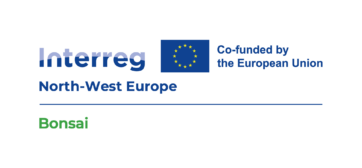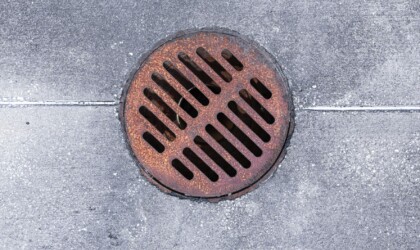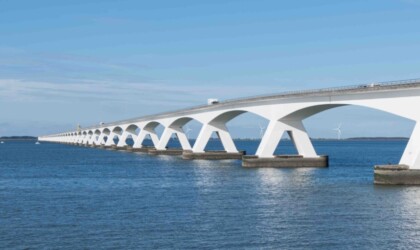
BONSAI stands for Boosting flOod resilieNce in estuarine Systems Anticipating shifting clImate zones. It is an Interreg North-West Europe project in which seventeen organisations from four countries work together to make flood defences more resilient to climate change.
BONSAI develops solutions to strengthen flood defences in both the short and long term, and to improve disaster management. Through cross-border collaboration and knowledge sharing, the project helps estuaries better protect themselves against extreme weather events.
BONSAI develops and validates solutions
- to improve the robustness of flood defences in the short term
- to increase resilience in the long term
- to enhance disaster management in flood-related emergencies
By the end of the project, these solutions will have been implemented by the six project partners involved in flood risk management and will be made available to other organisations.
Role of the Research Group
The Asset Management Research Group focuses on future-proofing technical assets, such as flood defences, by strengthening resilience, sustainability and digitalisation in life-cycle maintenance. The emphasis is on nature-inclusive flood defences and emergency measures.
Within Work Package 1, Asset Management contributes to the development of action plans and strategies to enhance both the short-term robustness and long-term resilience of flood defences. In Work Package 2, HZ University of Applied Sciences leads field activities at the pilot sites. Various options are tested, including nature-inclusive measures for water safety, management, controlling harmful animal activity in dikes, and early-stage dike breach interventions.
As an educational institution, HZ also plays an important role in Work Package 3. The aim is to train a new generation of water managers and professionals. In cooperation with other universities, HZ shares knowledge through summer and winter schools, workshops, and other educational initiatives. These focus on developing practical approaches for managing harmful animal activity in dikes and improving emergency response measures.
More information and updates can be found on this website.







